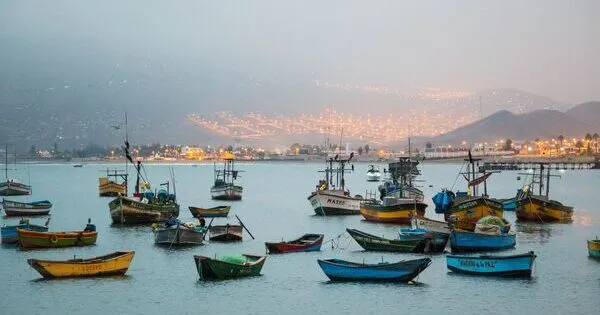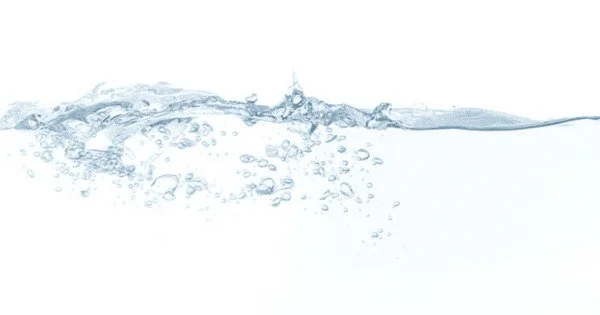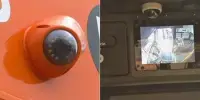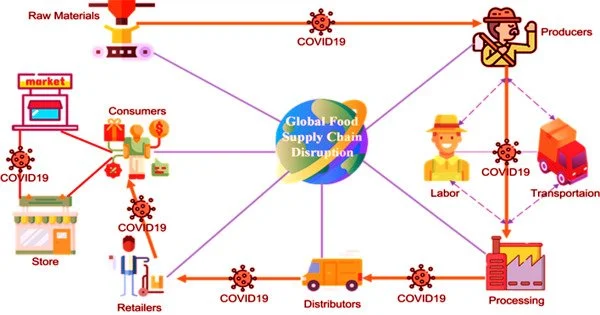Approximately half of all global seafood is caught by artisanal fishers, who operate on small, often subsistence scales and generally fish a short distance from the coast. Though small in comparison to larger-scale commercial operations, these enterprises are critical to their communities’ food security and livelihoods, and their sheer number makes artisanal fishers an important sector to monitor and manage, as well as advocate for, as the global fishing industry expands and climate change causes shifts in their food supply.
“You can’t manage what you can’t measure,” said Juan Andrés Silva, a conservation professional, and academic who previously worked at UC Santa Barbara’s Bren School of Environmental Science & Management’s Environmental Markets Lab (emLab). “You could call them’small-scale,’ but their significance and impact are enormous.” Despite this impact, artisanal fishers, he says, are a “very invisible sector” worth trying to understand.
In order to do so, Silva and his colleagues conducted an experiment to see how well small-scale fishers would accept vessel tracking technology developed for larger ocean-going ships. For this project, the researchers collaborated with the organization Global Fishing Watch, and their findings were published in the journal Ocean & Coastal Management.
One thing to keep in mind about small-scale fishers is their incredible diversity. There was a lot of variability in their attributes, including their levels of education, or previous exposure to technology, much of which would influence their attitudes toward using new equipment on their boats.
Juan Andrés Silva
Options for Adoption
Vessel tracking systems (VTS) were originally designed to prevent maritime collisions as satellite-enabled networks, but have since been found to be useful for a variety of other purposes, including monitoring fishing activity in sensitive marine areas and detecting forced labor on the high seas.
“According to our data, approximately 86% of the estimated 2.5 million motorized fishing vessels in the world are less than 12 meters in length. Of those, less than 0.4% use VTS,” said Silva, who conducted research for this study while working at emLab. “So we’re talking about a massive number of fishing vessels that account for a significant portion of the global catch but lack this technology.”
“And they certainly have a significant impact because they usually fish closer to the coast, where the majority of biodiversity is and where coastal development occurs,” he added. “Understanding fishing behavior allows for better marine spatial planning and management, as well as contributing to increased sea safety.”
However, the success of any monitoring system for artisanal fishers is dependent on the individuals themselves. As a result, the researchers approached fishermen in Mexico and Indonesia to conduct a discrete choice experiment to determine the conditions under which they would be willing to adopt the technology.
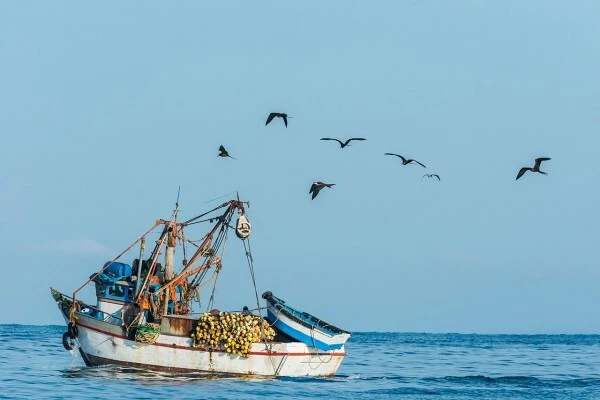
In their survey, the researchers offered the fishers several packages with different options and features, such as safety, privacy, and ownership of data. They asked the fishers how much they would be willing to pay to have the equipment installed on their boats or, alternatively, if they were willing to receive payment in exchange for their participation in the program.
“One thing to keep in mind about small-scale fishers is their incredible diversity,” Silva said. “There was a lot of variability in their attributes, including their levels of education, or previous exposure to technology, much of which would influence their attitudes toward using new equipment on their boats.
“One of the main concerns was that having extra stuff on their boats would be a nuisance,” he added. For example, in Mexico, many fishermen who were given a long, orange device they dubbed “the carrot” found it inconvenient to maintain and recharge the equipment, despite the fact that it was necessary for their safety. In other cases, fishers who are dissatisfied with their catch quotas may reject the VTS because it will impede their extralegal fishing efforts to earn more money.
The majority (67%) of their sample of 211 fishers (124 in Indonesia and 87 in Mexico) were willing to pay to participate in their preferred VTS program, while 13% would participate if the program was free. Meanwhile, 11% would not opt into any program, and 9% would if they were paid to do so.
Overall, the researchers found that safety functionality (particularly for fishers who share space with large vessels) and ownership of their fishing activity data played a large part in fishers’ willingness to accept the new tech. Those who perceived governmental and administrative corruption as their main problem were often willing to pay more to participate in the VTS program, as compared to those whose main problem was illegal, unreported, and unregulated fishing, pollution or extreme weather.
There are other benefits to fishers using the VTS, according to Silva, particularly for fishing collectives that are more organized and supported.
“For example, there was a case in Baja, Mexico, in which the fishers actually used historical tracking data that, coupled with catch and income data, allowed them to negotiate fair compensation from the government for temporary fishing closures,” he said. “So data could also be a source of empowerment for fishers.”
This is the first study to look at small-scale fishermen’s preferences in a VTS program and potential incentives to encourage their participation. Silva believes that more research into the diverse world of the artisanal fisher is needed to encourage widespread adoption.
“From a research standpoint, we never intended to be super exhaustive, and there is no conclusion in this study that applies to the entire world,” he explained. “However, we do want to get a clear picture of this ‘invisible sector,’ because understanding their motivations and behavior allows for better planning and management.”
